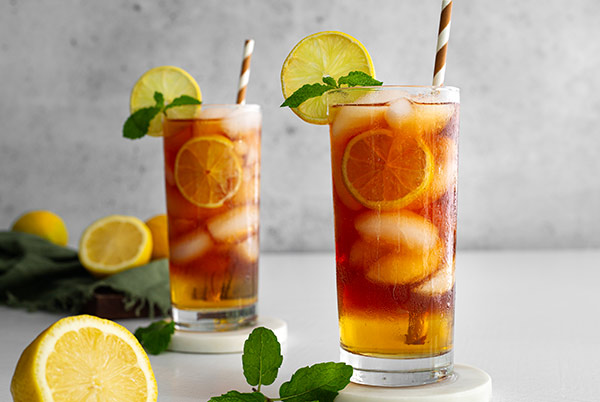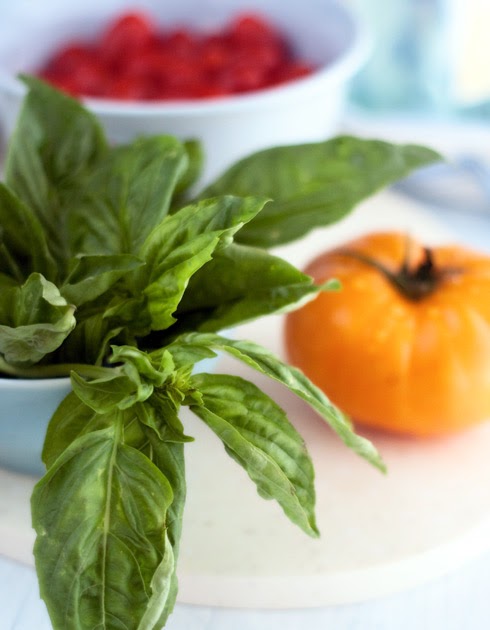Nothing screams warm weather relief like a nice glass of iced tea!
We decided to make a “hard” iced tea with the addition of Barenjager Honey Liqueur, the sweet (but not cloyingly sweet) honey flavor with light spice accents of clove and cinnamon make this the perfect sweetener for iced tea. The light kick of alcohol doesn’t hurt either!
The history of iced tea is a bit murky, but legend has it that Richard Blechynden, an English merchant and tea plantation owner was trying to promote his tea at the 1904 St. Louis World’s Fair, but he discovered the attendees were not interested in drinking a hot beverage in the searing summer heat. To remedy this, he poured tea over ice, creating a refreshing and cooling drink that quickly gained popularity.
Other accounts say that drinking cold tea originated in the United States South – cookbooks from the early 19th century have recipes for cold tea suggesting the idea had already become popular. I am not sure how prevalent ice was in 1807, but that’s a thought for another day.
In the American South, people are divided between “sweet tea” and “unsweet tea”. Each has its devotees and in any restaurant in the south, you will be given a choice.
The origins of hard iced tea are harder to pin down but needless to say, spikes iced tea has become a summertime favorite.
Here is our favorite version…Enjoy!
Hard Honey Iced Tea
Servings: 4
Nutrition Facts
Hard Honey Iced Tea
Amount Per Serving
Calories 0
% Daily Value*
Sodium 12mg1%
Calcium 7mg1%
* Percent Daily Values are based on a 2000 calorie diet.
Disclaimer: All nutrition facts on Gluten Free & More are meant only as a guide and may differ depending on product brands used or ingredient substitutions. Some errors may occur, so you are encouraged to confirm the recipe’s ingredient and nutrition suitability for your own diet.
Have you tried this recipe? Give it a star rating and let us know your thoughts in the Ratings & Reviews section below.



